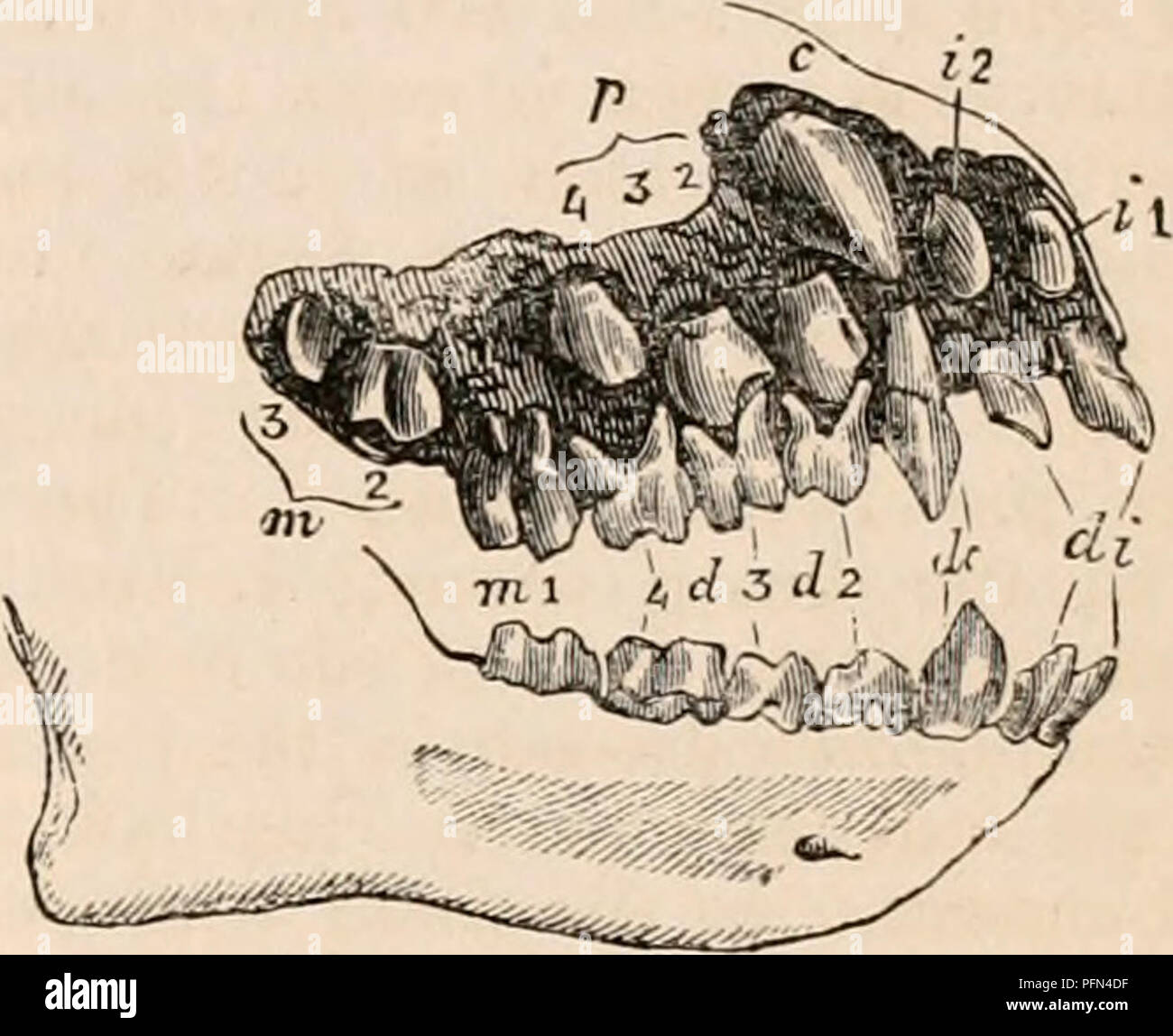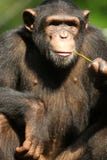
It is possible that the need for sharp canine teeth has evolved to help in dominance fights, which led to their persistence over time.
CHIMPANZEE TEETH DIAGRAM DRIVERS
The social dynamics of most monkey groups are strong and important drivers of evolution.

Most scientists believe that they are used as weapons in dominance fights and as tools to help in food acquisition.Įven though most monkeys may just eat fruit or plant material, the fibers of some plants can be hard to rip apart with flat molars alone. The impressive pointy canines of a male Mandrill monkey.

So what is the function of sharp teeth in primates? Other monkeys that have big sharp teeth include baboons, macaques, and drills. While large monkeys like Mandrills are not considered to be dangerous, and their sharp teeth are not used for hunting, but they can, in theory, give a nasty bite if they are provoked. Mandrills and baboons are good examples of monkeys with long fang-like canines.īut as you might know, most monkeys and apes are not predators and would therefore not seem to need the long sharp fangs that for example tigers, lions, and wolves do. These cuspids or canine teeth are sharp, long, and curved inward. In contrast to humans, all monkeys have a pair of relatively long and sharp teeth flanking their four frontal (incisor) teeth. However, the teeth of primates also have some unique features like their long, sharp, canines used primarily for display! In many ways, the teeth of monkeys and apes are similar to our teeth, having strong molars to grind the vast plant material usually consumed by monkeys. They use their teeth for a variety of purposes – from stripping leaves off of branches to cracking open hard nuts.Īll primates, including humans, have teeth that are very similar in structure and function: incisors, canines, premolars, and molars.

While all primates including humans have teeth, the type of teeth that monkeys have is quite different from species to species and depends mostly on their diet.


 0 kommentar(er)
0 kommentar(er)
